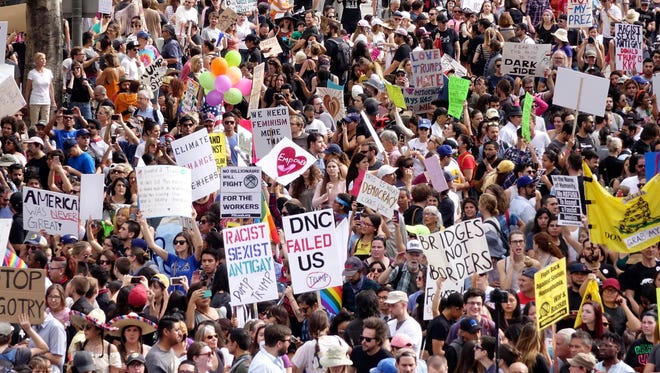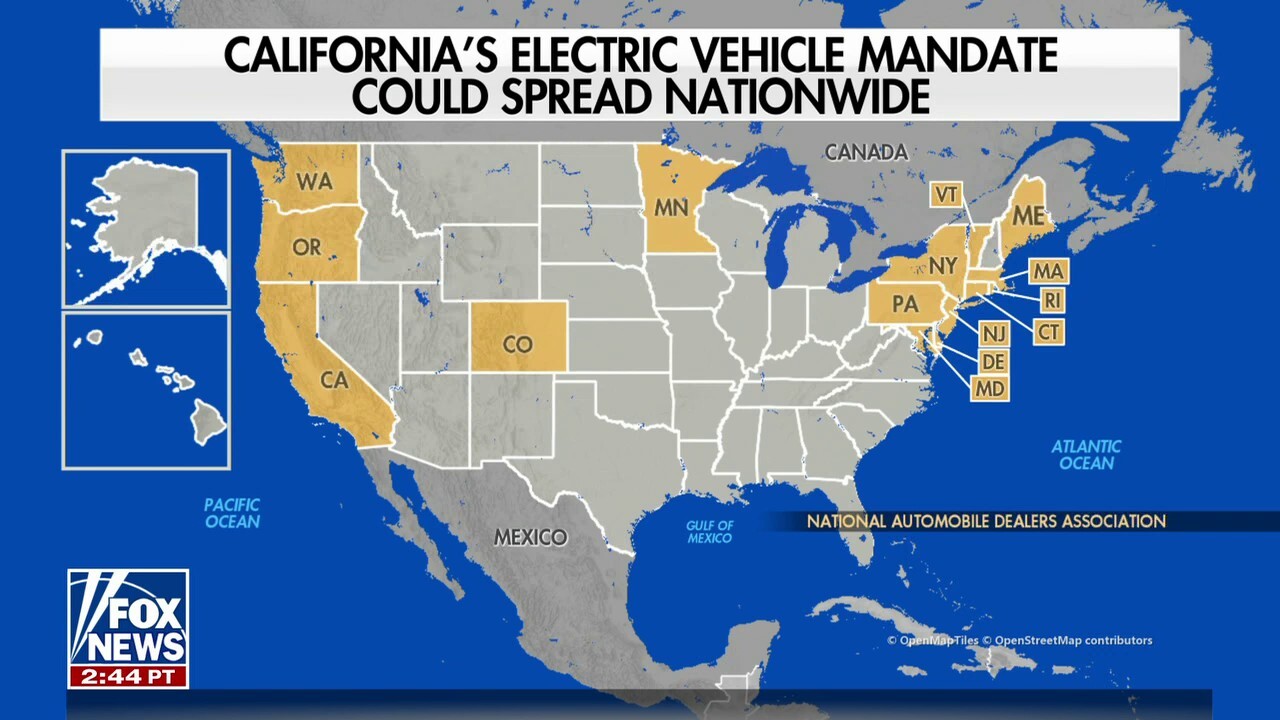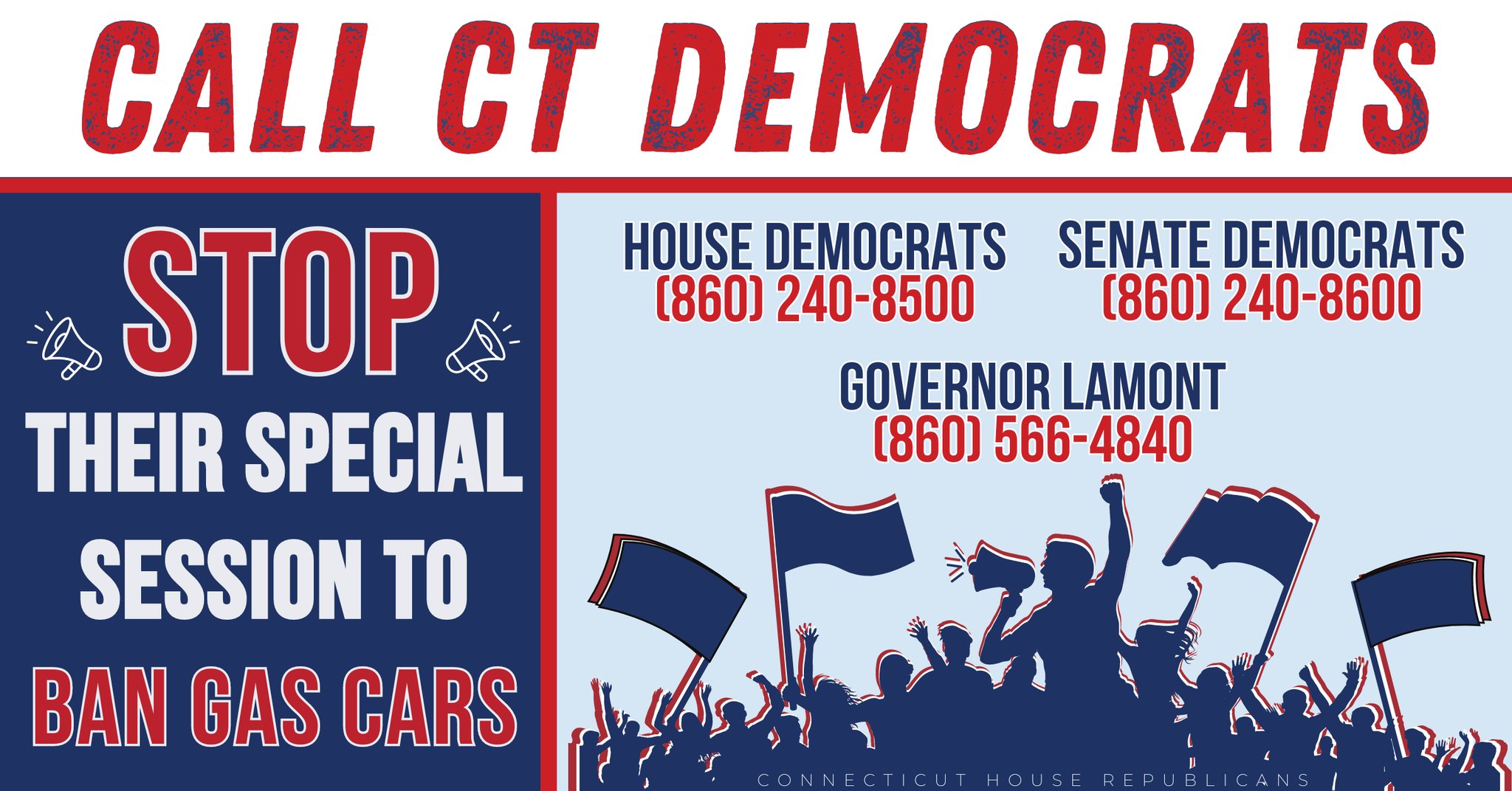US Protests Against Trump: Voices From Across The Nation

Table of Contents
Key Issues Fueling the Protests
The protests against Trump weren't monolithic; they stemmed from a confluence of deeply felt grievances.
Policy Opposition
Many protests erupted in direct response to specific Trump administration policies.
- Immigration: The controversial travel bans targeting several Muslim-majority countries ignited massive demonstrations at airports and in city centers nationwide. Organizations like the ACLU were at the forefront of legal challenges and public protests against these policies.
- Healthcare: The attempts to repeal and replace the Affordable Care Act (ACA) sparked widespread anxieties, leading to protests organized by healthcare workers, patient advocacy groups, and concerned citizens. These demonstrations highlighted the potential consequences of healthcare access for millions of Americans.
- Environmental Regulations: Rollbacks of environmental protections, particularly concerning climate change, resulted in significant protests organized by environmental groups like the Sierra Club and 350.org. These protests emphasized the long-term consequences of these policies for the planet and future generations.
The public's disapproval of these policies was palpable. Polls consistently showed significant opposition to Trump's actions on immigration, healthcare, and the environment, fueling the intensity of the protests.
Concerns about Democracy and Human Rights
Beyond specific policies, many protests centered on broader concerns about the erosion of democratic norms and human rights under Trump's presidency.
- Charlottesville: The violent white supremacist rally in Charlottesville, Virginia, and Trump's response to it, sparked widespread outrage and protests against racism, xenophobia, and the normalization of hate speech.
- Attacks on the Press: Trump's repeated attacks on the media as "fake news" and "enemies of the people" fueled concerns about freedom of the press and the integrity of democratic institutions. Protests emphasized the importance of a free and independent press.
- Appointments: Controversial judicial and cabinet appointments also ignited protests, raising concerns about the future direction of the judiciary and various government agencies.
These protests highlighted the importance of checks and balances, the rule of law, and the protection of fundamental human rights in a democratic society.
Economic Inequality and Social Justice
Many protests against Trump also reflected underlying concerns about economic inequality and social justice.
- Wage Stagnation: Protests highlighted the stagnation of wages for many Americans, particularly in the face of rising costs of living. These demonstrations drew connections between economic inequality and Trump's economic policies.
- Racial Injustice: The Black Lives Matter movement saw renewed energy during Trump's presidency, with protests against police brutality and systemic racism frequently overlapping with anti-Trump demonstrations.
- Gender Equality: The Women's March, one of the largest single-day protests in US history, focused on a range of issues related to women's rights, gender equality, and Trump's rhetoric and policies.
These protests demonstrated the interconnectedness of economic justice and social justice issues, advocating for a more equitable and inclusive society.
Geographic Distribution of Protests
US protests against Trump weren't confined to major cities; they took place across the country.
Major Cities vs. Smaller Towns
While major metropolitan areas like New York, Los Angeles, Chicago, and Washington D.C. saw some of the largest and most frequent protests, smaller towns and rural areas also witnessed significant demonstrations. These smaller protests, often organized locally, demonstrated that opposition to Trump's policies and rhetoric extended beyond urban centers.
Regional Differences in Protest Motivations
Regional variations existed in the specific issues driving protests. For example, concerns about environmental regulations were particularly prominent in Western states, while immigration issues dominated protests in the Southwest. This highlights how local contexts and regional priorities shaped the specific concerns driving protests in different parts of the country.
Demographics of Protest Participants
The protests against Trump involved a remarkably diverse coalition of participants.
Diverse Coalition of Protesters
Protests drew participants from various age groups, racial and ethnic backgrounds, and political affiliations. While the Democratic Party base was heavily represented, protests also attracted independent voters and even some Republicans who opposed Trump's policies or rhetoric.
Impact of Demographics on Protest Strategies
The diverse demographics of protesters influenced protest strategies. For example, the strong involvement of young people led to the creative use of social media for mobilization and organization, while experienced activists provided valuable guidance and leadership.
Conclusion
The US protests against Trump represent a complex tapestry of dissent woven from a variety of threads: policy opposition, concerns about democracy and human rights, and anxieties about economic inequality and social justice. These protests spanned the country, demonstrating a widespread opposition that transcended geographic boundaries. The diverse demographics of the participants shaped the strategies and tactics employed, reflecting the broad-based nature of the resistance. Understanding the history of US protests against Trump is crucial to engaging in informed civic discourse. Continue your research and find ways to make your voice heard, whether it's through peaceful protests, political action, or other forms of civic engagement, to ensure that your concerns regarding US politics are heard.

Featured Posts
-
 Ev Mandate Opposition Intensifies Car Dealers Push Back
Apr 22, 2025
Ev Mandate Opposition Intensifies Car Dealers Push Back
Apr 22, 2025 -
 Car Dealers Double Down Fighting Back Against Electric Vehicle Mandates
Apr 22, 2025
Car Dealers Double Down Fighting Back Against Electric Vehicle Mandates
Apr 22, 2025 -
 Over The Counter Birth Control Redefining Reproductive Healthcare After Roe V Wade
Apr 22, 2025
Over The Counter Birth Control Redefining Reproductive Healthcare After Roe V Wade
Apr 22, 2025 -
 Bezos Blue Origin Vs Katy Perrys Career A Comparative Analysis Of Public Perception
Apr 22, 2025
Bezos Blue Origin Vs Katy Perrys Career A Comparative Analysis Of Public Perception
Apr 22, 2025 -
 Ukraine Faces Brutal Russian Air Barrage As Us Urges Peace Negotiations
Apr 22, 2025
Ukraine Faces Brutal Russian Air Barrage As Us Urges Peace Negotiations
Apr 22, 2025
